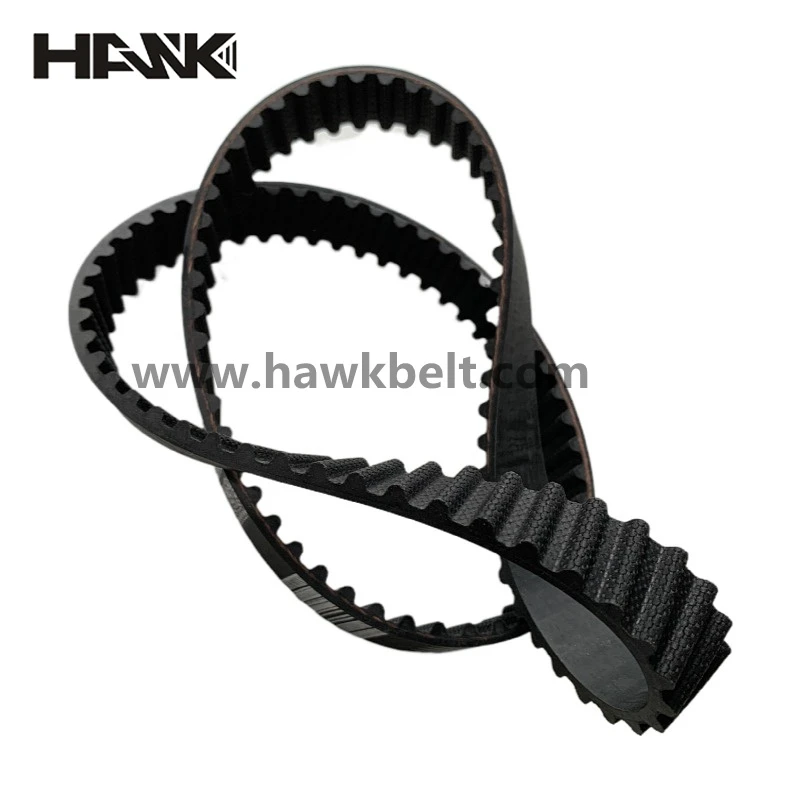- Arabic
- French
- Russian
- Spanish
- Portuguese
- Turkish
- Armenian
- English
- Albanian
- Amharic
- Azerbaijani
- Basque
- Belarusian
- Bengali
- Bosnian
- Bulgarian
- Catalan
- Cebuano
- Corsican
- Croatian
- Czech
- Danish
- Dutch
- Afrikaans
- Esperanto
- Estonian
- Finnish
- Frisian
- Galician
- Georgian
- German
- Greek
- Gujarati
- Haitian Creole
- hausa
- hawaiian
- Hebrew
- Hindi
- Miao
- Hungarian
- Icelandic
- igbo
- Indonesian
- irish
- Italian
- Japanese
- Javanese
- Kannada
- kazakh
- Khmer
- Rwandese
- Korean
- Kurdish
- Kyrgyz
- Lao
- Latin
- Latvian
- Lithuanian
- Luxembourgish
- Macedonian
- Malgashi
- Malay
- Malayalam
- Maltese
- Maori
- Marathi
- Mongolian
- Myanmar
- Nepali
- Norwegian
- Norwegian
- Occitan
- Pashto
- Persian
- Polish
- Punjabi
- Romanian
- Samoan
- Scottish Gaelic
- Serbian
- Sesotho
- Shona
- Sindhi
- Sinhala
- Slovak
- Slovenian
- Somali
- Sundanese
- Swahili
- Swedish
- Tagalog
- Tajik
- Tamil
- Tatar
- Telugu
- Thai
- Turkmen
- Ukrainian
- Urdu
- Uighur
- Uzbek
- Vietnamese
- Welsh
- Bantu
- Yiddish
- Yoruba
- Zulu
දෙසැ. . 09, 2024 19:10 Back to list
Polyester Flat Belts for Efficient Power Transmission and Industrial Applications
The Versatility and Applications of Poly Flat Belts
Poly flat belts have emerged as a vital innovation in the field of mechanical engineering and material handling. Their unique properties and versatile applications make them indispensable in various industries such as manufacturing, automotive, and logistics. Understanding the benefits, applications, and considerations associated with poly flat belts can help businesses enhance operational efficiency and optimize their systems.
Characteristics of Poly Flat Belts
Poly flat belts are primarily made from synthetic materials, often comprising polyester or nylon fibers coated with polyurethane or other elastomers. This composition grants them several beneficial characteristics
1. Durability Poly materials are resistant to wear and tear, making poly flat belts suitable for long-term use in rigorous environments. Their resistance to abrasion ensures that they maintain performance over extended periods.
2. Flexibility Unlike traditional metal belts, poly flat belts can easily maneuver around pulleys and other components, allowing for efficient operation even in tight spaces. This flexibility also reduces the risk of mechanical failure.
3. Low Maintenance Poly flat belts require minimal maintenance compared to other belt types. Their smooth surfaces facilitate easy cleaning and operation, reducing downtime and labor costs associated with regular maintenance checks.
4. High Load Capacity Designed to handle various weights and loads, poly flat belts can efficiently transfer power and motion without compromising performance, making them ideal for heavy-duty applications.
5. Resistance to Chemicals Many poly flat belts exhibit resistance to various chemicals, including oils and solvents. This feature makes them suitable for use in environments where exposure to these substances is a concern, thereby extending their service life.
Applications Across Industries
Poly flat belts can be found in numerous applications across diverse industries
poly flat belt

1. Manufacturing In manufacturing settings, poly flat belts are commonly used in conveyor systems, assembly lines, and machinery. They facilitate the smooth movement of goods, thereby increasing productivity and minimizing delays.
2. Automotive The automotive industry relies on poly flat belts for various applications, including engine components and transmission systems. Their ability to transmit power efficiently contributes to improved vehicle performance and reliability.
3. Food Processing In the food and beverage industry, hygiene is paramount. Poly flat belts offer a non-porous surface, making them easy to clean and reducing the risk of contamination. They are used in packaging, sorting, and processing machinery.
4. Textile Industry Poly flat belts play a critical role in the textile industry, where they are employed in weaving, knitting, and finishing processes. Their strength allows for the reliable movement of material without breakage.
5. Logistics and Warehousing In logistics, these belts are often used in automated storage and retrieval systems. They efficiently transport packages and products, ensuring quick and accurate order fulfillment.
Advantages Over Other Types of Belts
When comparing poly flat belts to traditional belts such as rubber or leather, several advantages emerge. Poly flat belts offer a better power-to-weight ratio, leading to improved efficiency and reduced energy consumption. Additionally, they operate quieter than traditional belts, which is crucial for maintaining a conducive working environment.
Moreover, the customization options available for poly flat belts allow businesses to tailor them to their specific needs. They can be manufactured in various widths and lengths, adapting to unique operational requirements. This customization is not always possible with other belt types, giving poly flat belts a competitive edge.
Considerations and Conclusion
While poly flat belts are highly advantageous, it is essential to perform proper installation and regular monitoring to ensure optimal performance. Factors such as alignment, tension, and load distribution should be carefully evaluated during installation and maintenance.
In conclusion, poly flat belts represent a significant advancement in belt technology, offering unparalleled durability, flexibility, and efficiency. Their wide range of applications across various industries demonstrates their essential role in modern manufacturing and logistics. By investing in high-quality poly flat belts, businesses can enhance productivity, reduce costs, and ultimately gain a competitive advantage in their respective markets. As industries continue to evolve, the importance of such innovations remains clear, positioning poly flat belts as a cornerstone of modern mechanical systems.
-
Korean Auto Parts Timing Belt 24312-37500 For Hyundai/Kia
NewsMar.07,2025
-
7PK2300 90916-T2024 RIBBED BELT POLY V BELT PK BELT
NewsMar.07,2025
-
Chinese Auto Belt Factory 310-2M-22 For BMW/Mercedes-Benz
NewsMar.07,2025
-
Chinese Auto Belt Factory 310-2M-22 For BMW/Mercedes-Benz
NewsMar.07,2025
-
90916-02660 PK Belt 6PK1680 For Toyota
NewsMar.07,2025
-
drive belt serpentine belt
NewsMar.07,2025

